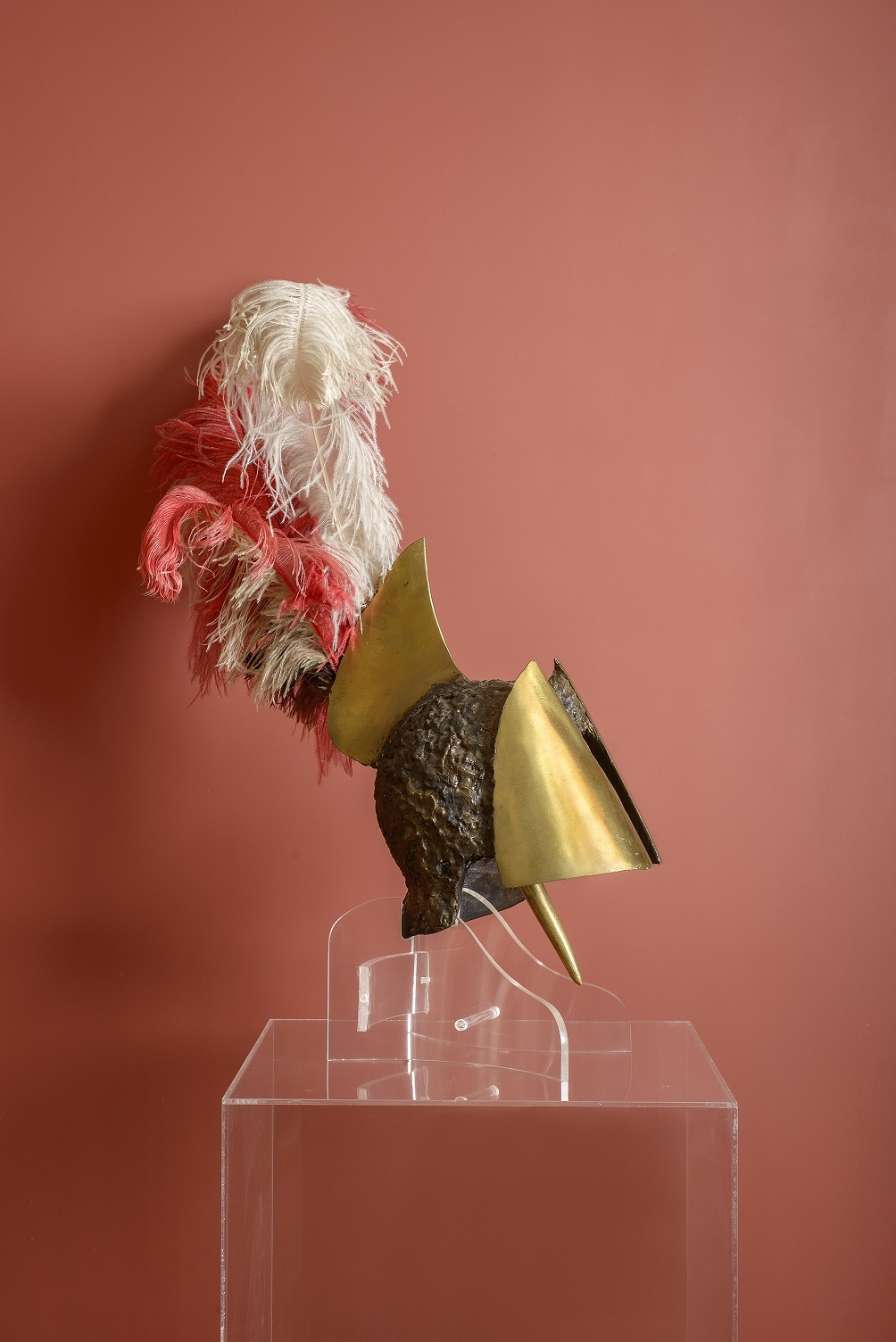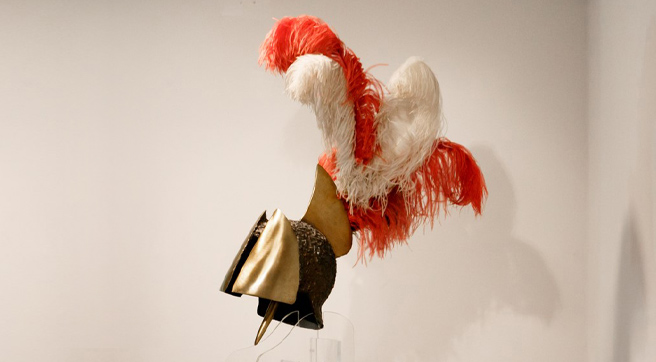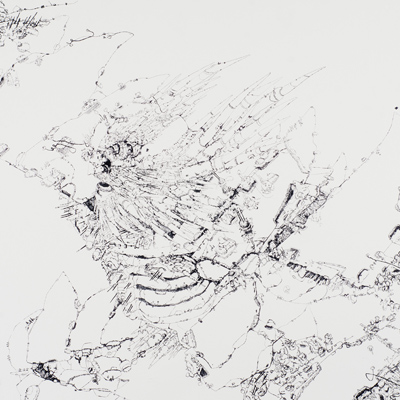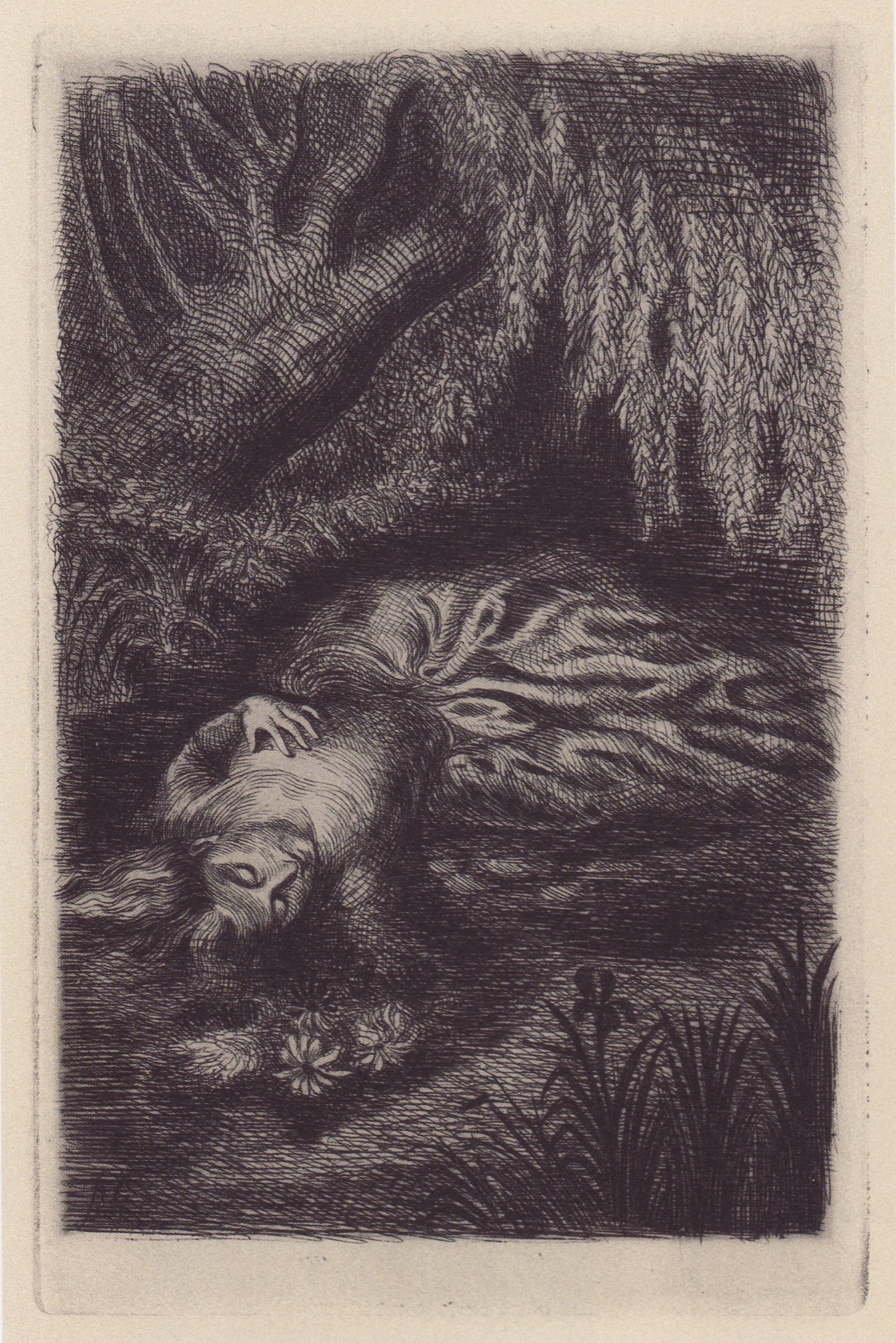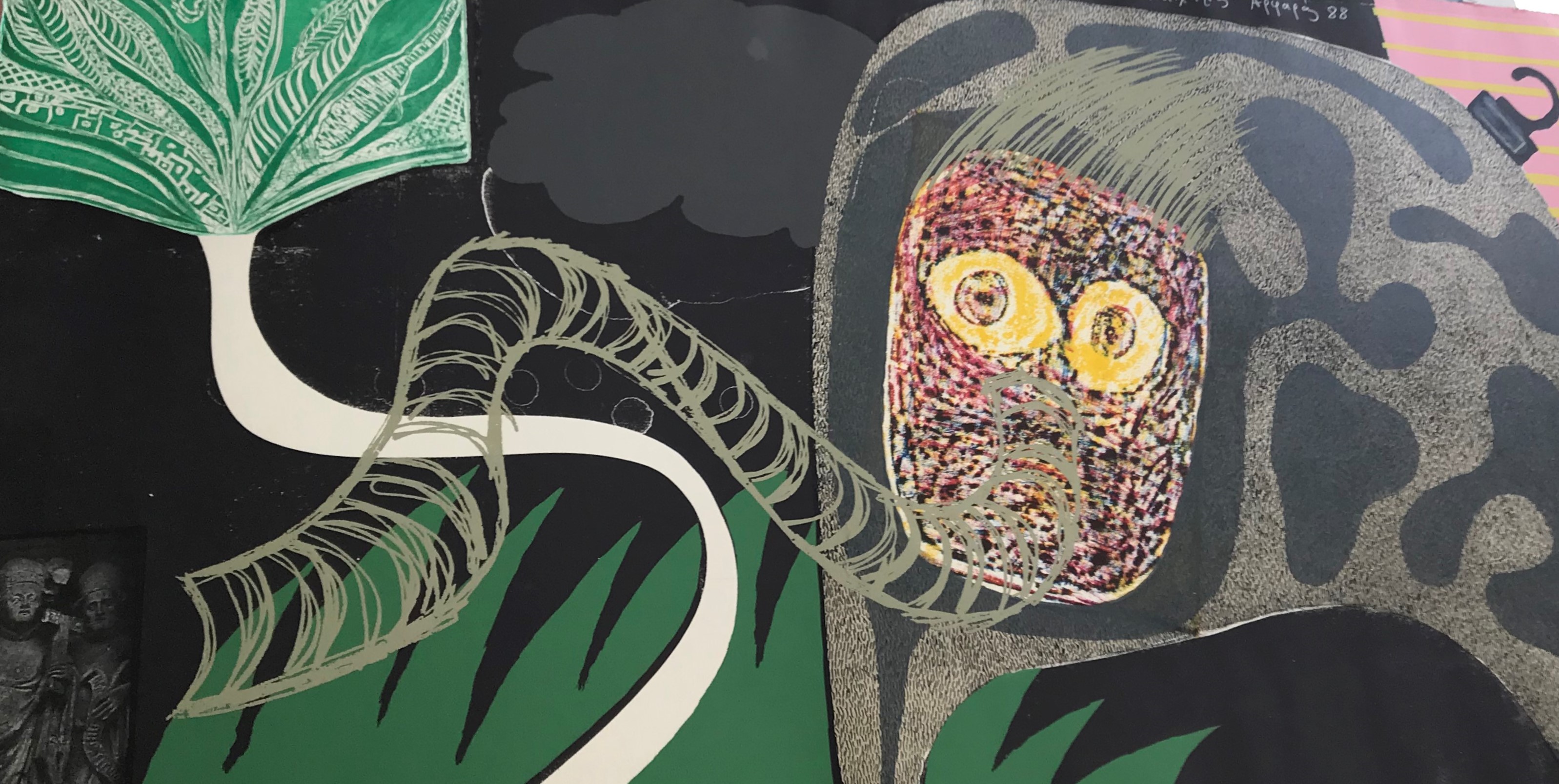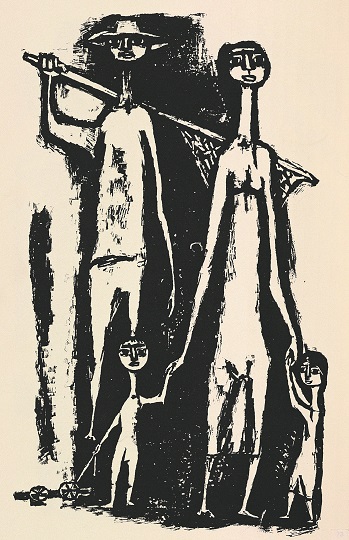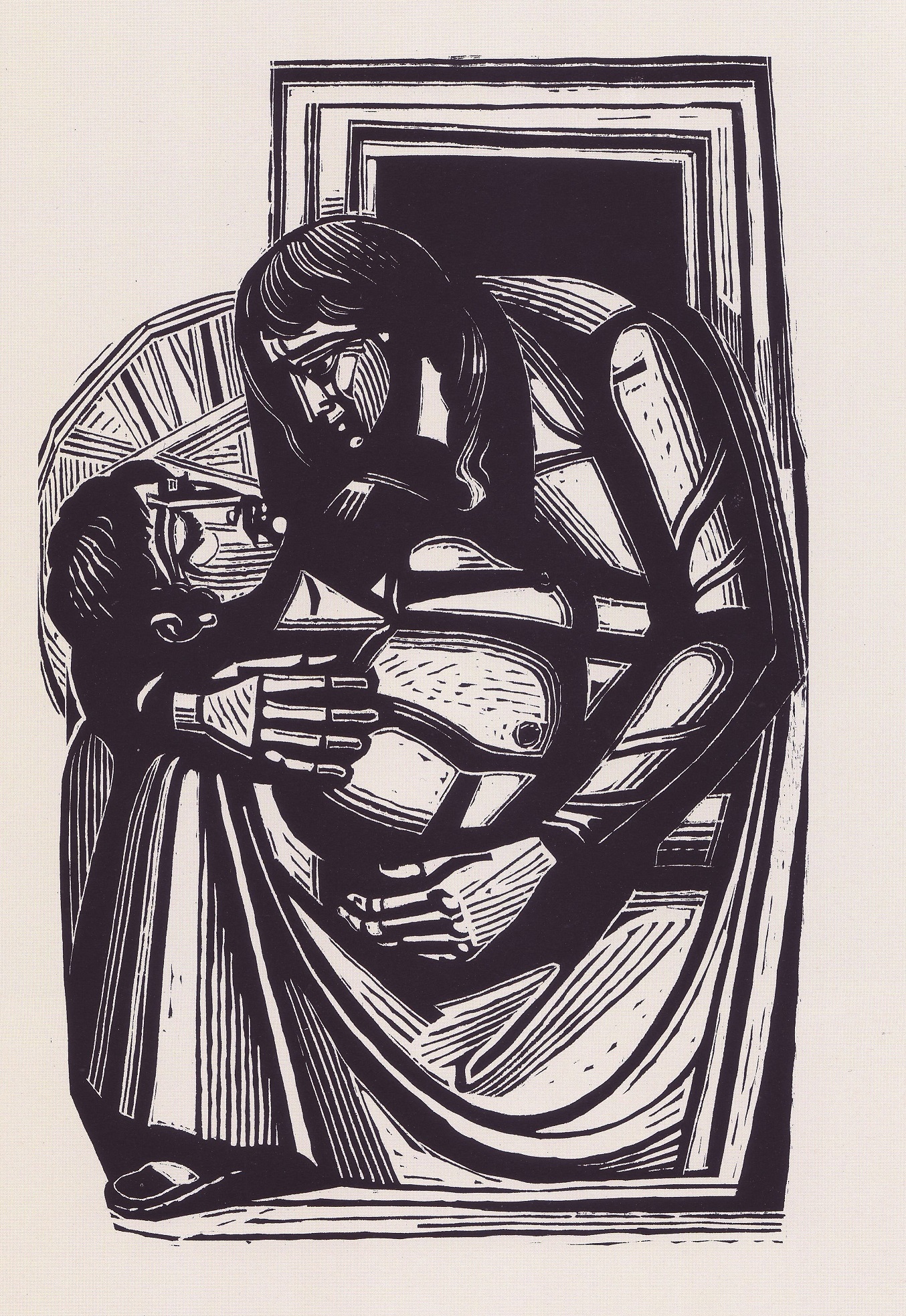Thodoros, Suicide Helmet
The Suicide Helmet by Thodoros is a typical piece of the sculptor’s early period. The work symbolises irrationality, with strong Surrealism influences. Thodoros is part of the 60s generation, which came into contact with ground-breaking movements from abroad and breathed new life into modern Greek art.
A unique combination
The Suicide Helmet by Thodoros is made entirely of bronze. The heavy and imposing material is the antithesis of the light, colourful marabou feathers adorning its top. This antithesis creates an intriguing and ironic unit.
With this original combination, Thodoros transforms the conventional object / work of art into a theatrical act. At the same time, he is able to incorporate his personal experience into it.
This piece is a symbol, typical of the artist’s early period.
The 2 forms of violence
The artist seems to deconstruct the concept of violence, influenced by the movements of Surrealism and Dadaism.
Violence has 2 forms in this piece:
- Against others, in the form of war.
- Against our own self, in the form of suicide.
Ingeniously, Thodoros illustrates the element of irrationality that exists in all aspects of everyday life.
Artistic quest
The Suicide Helmet expresses the creative restlessness that Thodoros demonstrated from the onset of his artistic journey.
He was particularly concerned with the dialogue between artist and audience. Moreover, the sculptor showed great interest in public spaces, and particularly in the integration and inclusion of art in public spaces.
His life in a nutshell
Thodoros Papadimitriou (1931-2018) was born in Agrinio. He studied Sculpture at the Athens School of Fine Arts (1952-1957) under Michalis Tombros. He continued his studies at the École Nationale Supérieure des Beaux-Arts in Paris (1959-1962).
In 1974 he moved to Athens. From 1980 to 1988 he taught Sculpture at the School of Architecture, National Technical University of Athens (NTUA).
In 2007 he was awarded the title of Professor Emeritus at the NTUA.
Artistic influences
During his years in France, he studied under Marcel Gimond and René Collamarini. He was taught the metal technique at the Académie du feu, and he attended seminars on the urban environment at the Atelier Camelot-Bodiansky.
His work, especially his early creations, shows strong influences from Dadaism and Surrealism. The 2 movements developed in the early 20th century and they both rejected traditional art values. The experimental and irrational elements are the common traits of the 2 movements, which the sculptor also adopted.
Features of his art
Thodoros was particularly intrigued by the interaction between sculpture and the urban environment. It was the direction he chose to follow right from the start of his career.
From 1967 onwards he was concerned with the social dimension of his pieces. Audience engagement and participation became an essential feature of his work.
A plethora of materials
In his early compositions Thodoros used steel or bronze. Through the years, he added new materials such as iron, stone, marble, glass, plexiglass, wood, rope, fabric and rubber. He also used water, fire and sand rather extensively.
A recognised artist of the 60s generation
Thodoros is part of the 60s generation, together with a number of other important Greek artists. The representatives of that generation were the first to come into contact with ground-breaking European and international artistic movements. This helped them breathe new life into modern Greek art.
In dozens of exhibitions in Greece and abroad, Thodoros received numerous awards and distinctions. He participated in the São Paulo Biennale and the Alexandria Biennale in 1963, and in the Paris Biennale of Young Artists in 1965, where he received an award.
His pieces can be found in various parts across the world and in many public spaces in Greece. A typical example is the Metro Clock at the Syntagma Square metro station.
The work of art in our publications
The Suicide Helmet by Thodoros is featured in the publication The Alpha Bank Collection. Greek Art from 1960 until Today. The publication accompanied the same-titled exhibition held at Warehouse B1, Port of Thessaloniki (Metropolitan Organisation of Museums of Visual Arts – MOMus).
The Alpha Bank Art Collection is not open to the public.
Research visits to the Art Collection can be organised upon request.
Contact us to book your visit.
